To underline my most recent image "Through Binoculars" I wanted to tell you something about the way this image has been achieved and a bit about this technique in general.
To begin with I will tell you what I used.
I used my Canon EOS 400D in connection with the 18-55mm Kit Lens and binoculars of a brand I dont know. All I know about them is that they are about 200 EUR. You will need some pretty good binoculars to work with, I tried it with small and cheap ones but it didnt work at all. It is important that the peephole is big enough because if its not you will have a black circle frame which limits the sight.
 I started with simply connecting my camera to the binoculars by pressing them together and trying to focus automatically.
I started with simply connecting my camera to the binoculars by pressing them together and trying to focus automatically.
This did not work at all, the camera had big problems with finding a focus so I changed to manual focussing and tried to get a good result by holding the binoculars in the left hand, my camera in the right, pressing both together and trying to focus the binoculars AND the camera. I failed miserably!
It is impossible to do all this together when you hold all this stuff in your hands. I placed the construction on an appropriate surface and had the opportunity to focus the both separate systems.
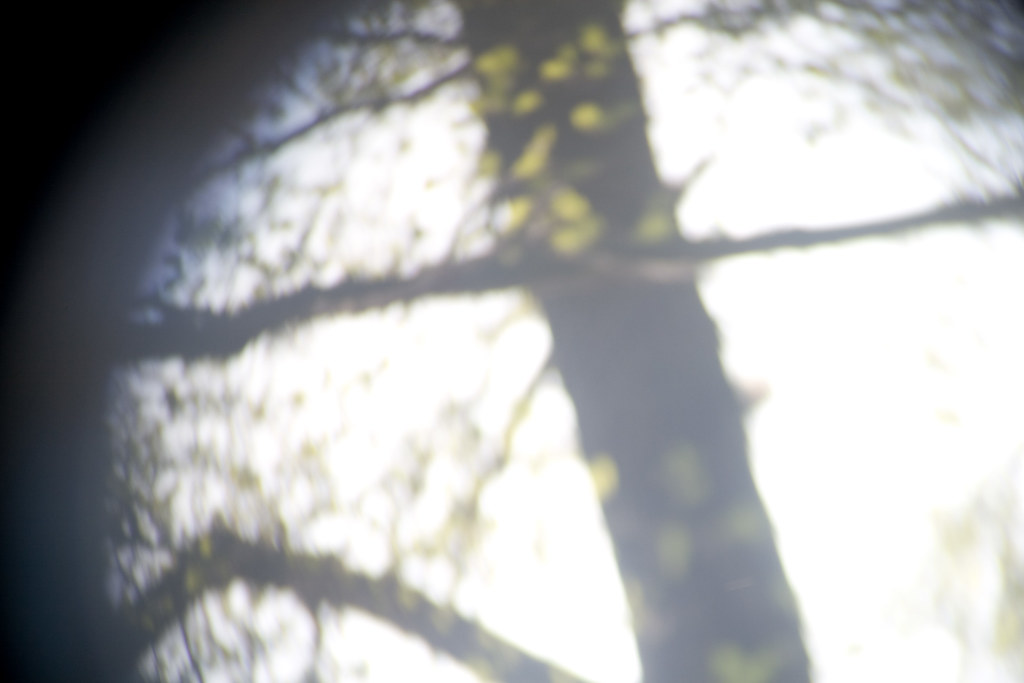 There was only one unpleasant thing in all this. Due to the fact that I had to place all this on a plane surface to be able to have any positive influence on the results it wasnt possible to change the shooting angle. That means that the camera stood on a handrail that was parallel to the ground and there was nothing I could do against that.
There was only one unpleasant thing in all this. Due to the fact that I had to place all this on a plane surface to be able to have any positive influence on the results it wasnt possible to change the shooting angle. That means that the camera stood on a handrail that was parallel to the ground and there was nothing I could do against that.
As you can imagine this is a very limitation in a creative process.
the interesting parts of this technique:
There are many points that I really liked about the resulting images. I will try to name and explain them and to show you images that visualize that.
sharpness
To achieve a real sharp image it needs a bunch of practicing time and patience to learn it. But why must it be a sharp image all the time? Most of my own results were not sharp at all but that made them not worse in any kind of way. Many of them looked very abstract, you could only guess what they show and the way that the blurred lights look like is just awesome(see the "unsharp" image for better understanding). All in all the sharpness is probably the most challenging part of this technique but also the most interesting. It is just funny to try around with different focus settings and to see how the bokeh parts look like.
distort
The distortion of the images is quite interesting and pretty different to the ones of other techniques IMO. It mostly concentrates on the background while the foreground is not so clearly distorted. You can increase or reduce the effect by changing the distance of the camera and the binoculars. The distortion effect looks a bit like motion blur in some kind of way. I think the best is if you form your own opinion with the help of the image further up.
colors
Colors are defined very desaturated. I worked with the 18-55mm which is probably the worst lens of canon but even this one produces more colorful images when used normally. The effect that is produced has a nostalgic and old feeling to it but all who dont like that can compensate this with color correction in post processing.
vignette
A big point because it is really hard to produce results that dont show any sign of vignetting. The best way is to learn to work with them. As you can see further up the strengths of vignettes vary obviously clear and give a totally different effect to the particular images. As you can imagine the vignette effect is enhanced when the camera-binoculars distance is magnified. If you put the lens as close as possible and in the center of the peephole this vignette is only a shadow that is not clearly visible. I really liked the different ways these vignettes appeared because you had various opportunities what to do with them. As you can see in the second picture you can let it look like you would look through something or not.
Summary
A very interesting and different technique that is worth to be tried.
With this technique you can achieve very interesting and unique effects. You can change these effects by yourself with changing things like the distance of binoculars and lens, changing the focus of either the camera or the bicoculars, changing the focal distance or to put the camera in a little sharp angle to the binocular to get a distorted image. All this is possible and of course you can also work with motion blur, long exposures and all the other beautiful things that photography offers.
Try it!
P.S: I would really appreciate to see your results when you try it. Please contact me either through flickr or through a comment on my blog.


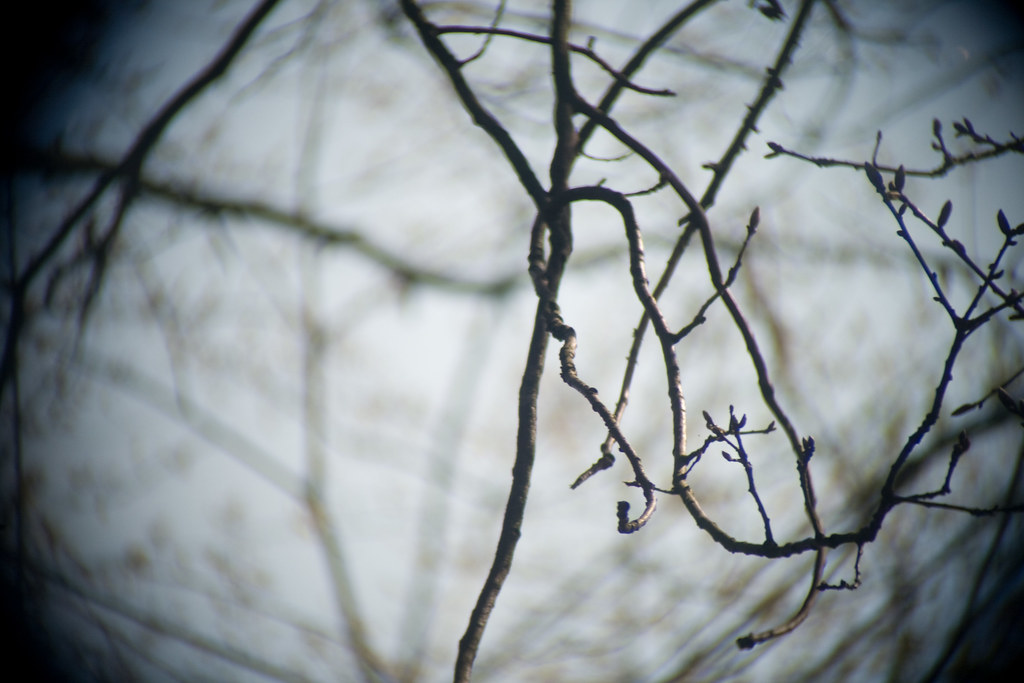
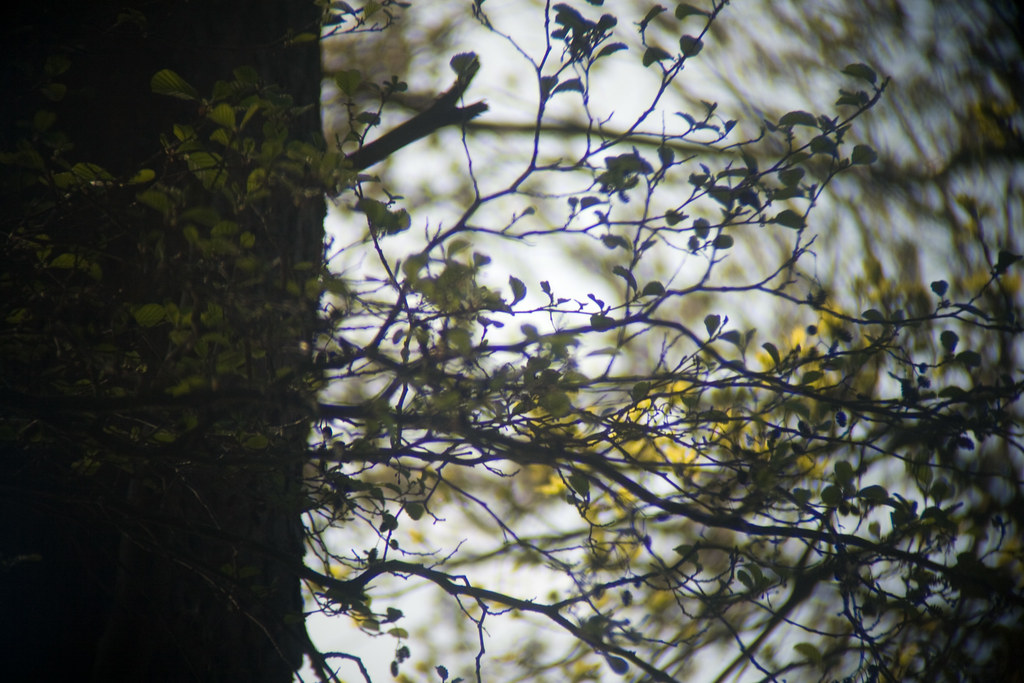

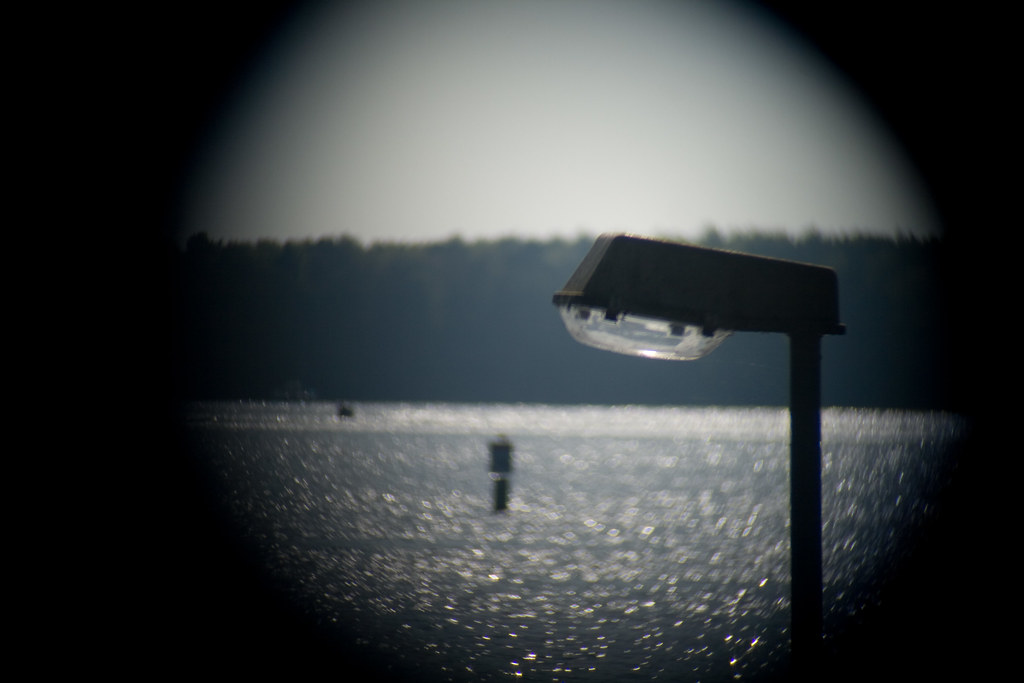
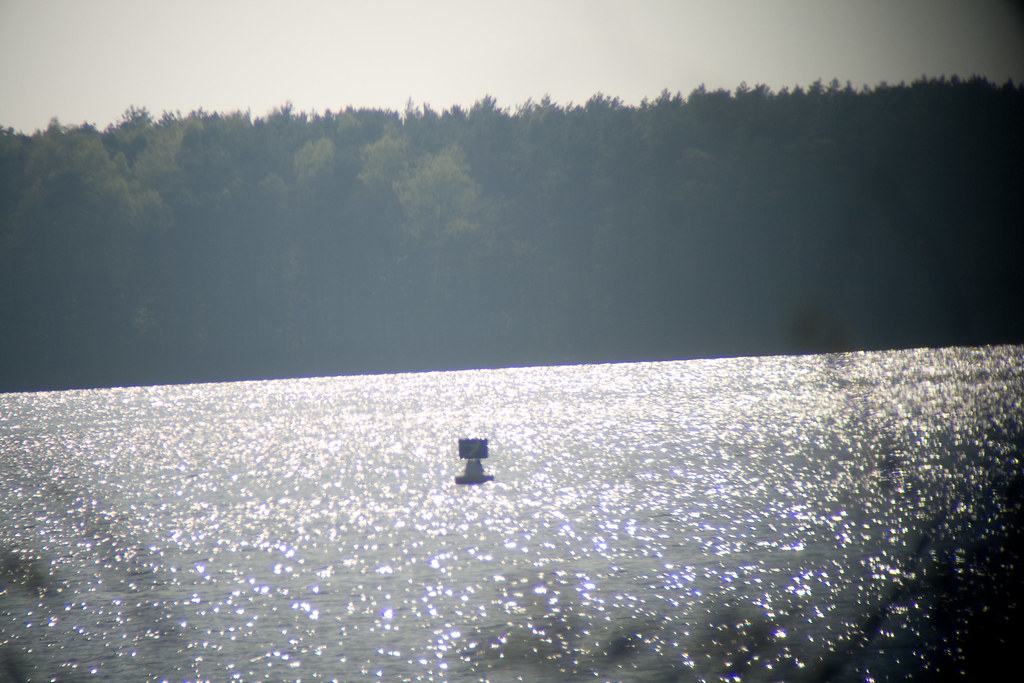



4 Kommentare:
Hey, this is very interesting...
i know one technic like this which is using loop. they say when it's good enough it can be a macro.
But back to ur stuff... i love it really
This is extremely interesting. I'd love to try this one time but I do not have binoculars. Perhaps I'll try with something else. Thanks for sharing :)
Really great! I just discovered this and then while looking for the best way to do it I found your blog. Thanks for the details!
I just tried something similar today, but used a point-and-shoot digital camera with a very small lens. The camera lens fit right up against the eyepiece of the binoculars, and I just held it there by hand. When I zoomed in with the camera the image filled the screen nicely. Autofocus worked right and took sharp images without doing anything to help it, and the whole contraption was easy enough to hold together that I was able to get some pictures of flying birds, though it was hard to aim it in the right direction fast enough. The next thing I want to try is to attach the camera to the binoculars, maybe with rubber straps or tape, and look through one eyepiece to aim while snapping pictures through the other.
Kommentar veröffentlichen